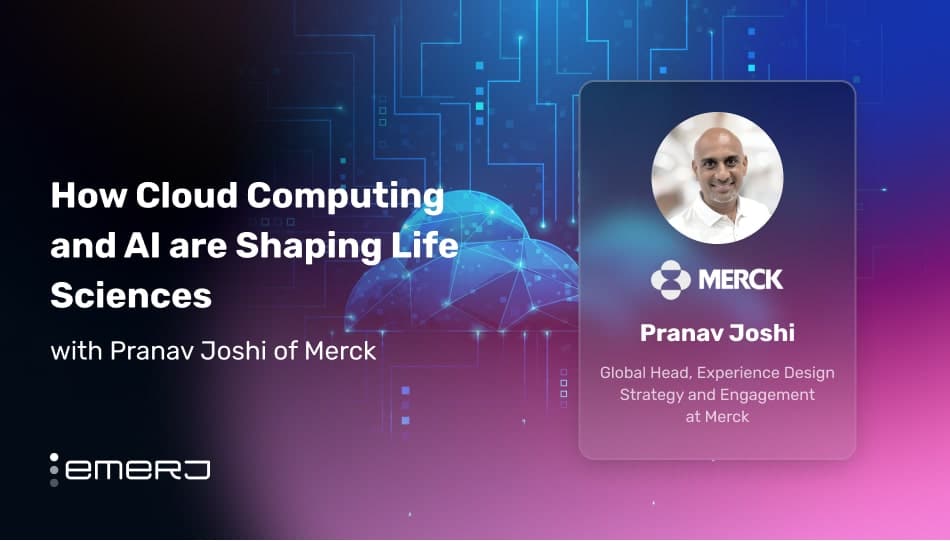Google Glass is a hands-free, increasingly mobile way of going wireless and staying connected. Tim Stevens, Editor in Chief of Engadget tech blog, is one of the few pioneers in trying out Google Glass, actively wearing and trying out the ‘Explorer Edition’, a gateway to augmented reality in the 4th dimension.
According to Stevens, the first couple of days was “eye opening” (no intentional pun). The immediate advantages of the technology are real-time GPS-like navigation and quick access to information. Stevens gets a lot of e-mails, and one benefit of Glass is getting instant notifications with the name of sender and the first few lines of the content. With voice command, users can simply ask Glass to open on command.
Stevens notes, with interest, that while in public he has received lots of overwhelming positive responses, even from seemingly out in the “middle of nowhere” (he relays a story about stopping at a rural gas station and the attendant starting up a conversation about Glass). In fact, Stevens received so much attention that he made the decision to stop wearing them out in public; going Glassless is more conducive to getting Stevens where he needs to go quickly, without having to wave off people’s peaked interests. Clearly, the hype of Google Glass has spread far and wide, even without a ton of marketing effort, thanks to the permeating presence of Google.
Google started out the exploration process by having interested consumers apply, and from those applications chose a cohort of users – from academics, to artists, to athletes, to people with physical or other disabilities. The Google Glass blog shares stories and insights daily. Looking ahead, Stevens remarks that he’s still excited about the potential for a sci-fi type virtual reality made possible through a similar design. Tech entrepreneurs pursuing this type of 3D augmentation include Atheer Labs, whose development team is working on a mobile 3D platform that bridges natural human interactions with an experience “more immersive than a tablet and more portable than a smartphone.”
Others, including Google’s own Manager of the Google Glass project, Thad Starner, contribute the perspective that we don’t need to be “fully-augmented” and live in a virtually-integrated world. Based on a former conversation with Starner, Stevens’ describes Starner’s view as believing that Google Glass’ great potential lies in prompting or giving suggestions based on learned memory patterns of users, along with quick access to information and navigation capabilities. Stevens wonders if this more “conservative” perspective might be linked to a frustration with the current limits of the technology not meeting expectations of what an authentic virtual reality experience could look and feel like.
But before we look ahead to other types of possibilities, there’s still a lot of work that needs to be done on the prototype-design before Glass is ready for broader public use. At the forefront are questions of boundaries and how a potential breach might affect personal privacy social norms; Stevens notes that at present, there’s really no way for passersby and observers to tell if a person is using Google Glass to record everything in their line of vision. And then there’s the constant connection to information; a segment of the population will likely see this as a deterrent, though at present we very much still have the option to take off the glasses. Regardless, Stevens notes that there are worlds of potential in what developers can and will do, in moving Google Glass forward as a platform that undoubtedly changes the way we see and interact with the world.


















